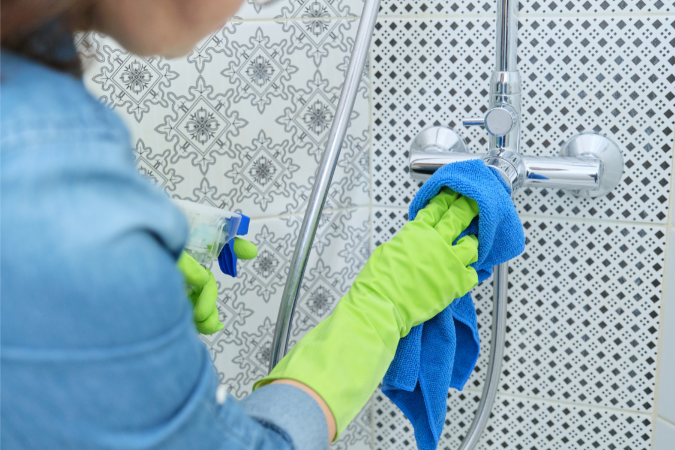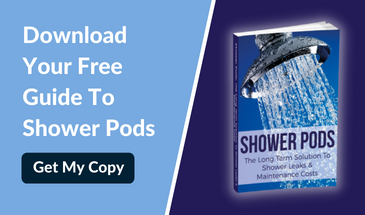Mould Free Mastics - Do They Really Do Anything?
Posted by Mark Peers

Mould-free mastics, or mould resistant sealants, are formulated to resist the growth of mould and mildew around the edges of bathtubs, sinks, and showers. Products are typically made from silicone and can be effective at slowing or preventing mould growth, especially when used correctly and maintained properly.
There are several products on the market that claim to offer strong levels of mould and mildew resistance, and a search for mould free sealant on Amazon brings up dozens of results, many with four or five star reviews and a reasonable price point. We’ll leave you to make your own judgement on individual products, but do mould free mastics in general live up to the task of preventing mould and the associated health risks?
Environmental Factors
The effectiveness of a mould resistant sealant is influenced by factors such as the level of humidity, temperature fluctuations, and how well the area is ventilated. Shower rooms are typically damp and steamy environments, and many are poorly ventilated, especially in the winter, so the sealants certainly have their work cut out. There is no avoiding the fact that mould thrives in damp and humid conditions, so if the humidity level is consistently high, even a mould resistant sealant might struggle to completely prevent mould growth over time, especially in high use areas such as communal showers in university halls of residence.
Temperature fluctuations can also impact the performance of a mould resistant sealant, such as when the heating is turned off over night or when a shower is unused for a period of time. These fluctuations – which are, again, especially pronounced in the winter – can cause the sealant to expand and contract, leading to cracks or gaps in the sealant that may not be immediately noticeable. These tiny openings provide the perfect entrance point for mould to proliferate.
In these circumstances, mould can still develop on or under the sealant, while humidity can undermine the sealant and necessitate regular replacement in order to maintain its effectiveness.
Regular Cleaning And Maintenance
Regular checks for the early signs of mildew and mould are still necessary precautions even when using a high-quality mould free mastic, and it’s crucial to sustain a strong level of cleanliness and hygiene in and around the area. Any mould prevention product should be used as part of a wider approach to mould and damp prevention that includes managing humidity, temperature, and ventilation.
In the context of showers, one solution to completely avoid the issue of mould growth on the sealant is to replace tile and tray shower cubicles with leak free shower pods. Our shower pod units are designed without the need for mastic, which eliminates the possibility for mould growth in the sealant, as there is no sealant used that could potentially harbour mould and mildew!
If you’d like to find out more, please get in touch with one of our knowledgeable team today by clicking here.
Image Source: Canva





